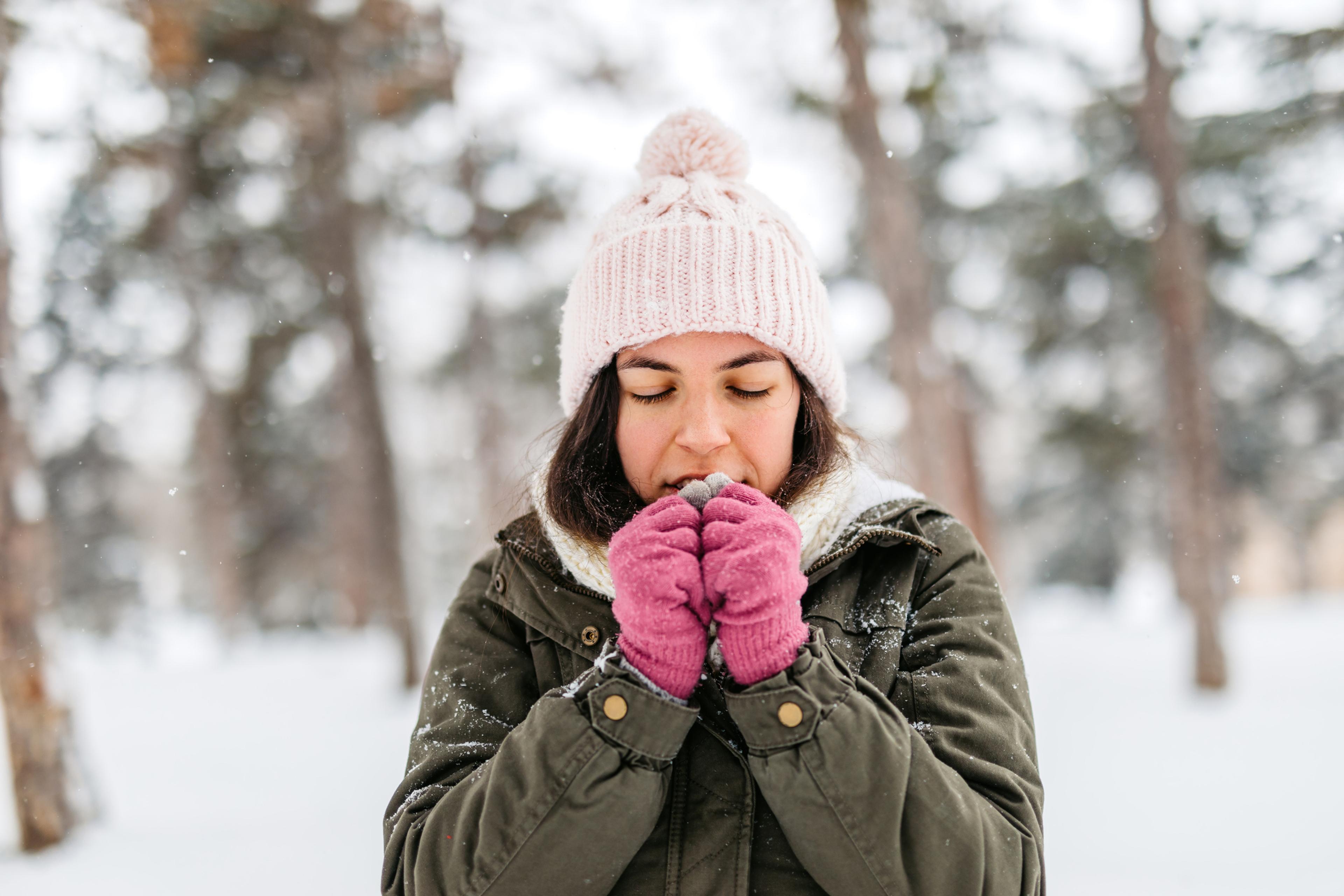Heart Attacks Spike During the Holidays: What to Know

Lindsay Knake
| 3 min read
Lindsay Knake is a brand journalist for Blue Cross B...

While the holidays are filled with good food and cheer, there is also a health risk. More people die of heart attacks during the Christmas and New Year’s holidays than any other time of the year, according to research from the American Heart Association.
Cardiac deaths increase by more than 4% from Dec. 25 through Jan. 7, according to studies in countries around the world, including the United States and New Zealand. The risk of having a heart attack is 37% higher on Christmas Eve, more often in people older than 75 and people who have conditions such as diabetes or heart disease, according to another study in Sweden.
A heart attack, or a myocardial infarction, is a serious condition in which blood flow is limited to an area of the heart. This can cause damage or death if not treated immediately, according to the Cleveland Clinic. If you think you or someone else is having a heart attack, call 911 immediately.
Why are heart attacks deadlier during the holidays?
Experts aren’t exactly sure why heart attacks are deadlier during the holiday season.
The most common cause of a heart attack is coronary artery disease, or a blockage of an artery. Heart disease is the top cause of death in the U.S.
One possible cause of the increase in fatal heart attacks during the holidays is ignoring symptoms, resulting in a delay in care or no care at all, according to the American Heart Association. When celebrating or traveling, it can be easier to ignore symptoms and put off care until after the holidays.
During the holiday season, people can change their schedules, exercise habits and diets. Holiday preparation, busyness and travel can also increase stress. These changes may affect heart health, according to the American Heart Association. Additionally, cold weather can constrict arteries and increase the risk of heart attacks.
Know the symptoms of a heart attack
Learning the symptoms of a heart attack is essential for yourself and loved ones, especially for those who have a known history of heart problems. Here are common symptoms of a heart attack:
- Chest pain
- Feeling lightheaded and short of breath
- Nausea or vomiting
- Feeling indigestion or heartburn
- Pain or discomfort in one or both arms, neck, back or jaw
- Fatigue
While men are more likely to experience chest pain, nausea and fatigue are more common heart attack symptoms for women.
Know hands-only CPR
Learning hands-only CPR is important to support loved ones or strangers. The American Heart Association has trainings you can take. The basics of CPR include:
- See if you can wake the person if they are unconscious and ask them how they are.
- If they remain unconscious, check for a pulse. Place your index and middle fingers on the side of their neck over the carotid artery, the groove between the trachea and neck muscles. Check for the pulse for five to 10 seconds. If you cannot detect a pulse, prepare the patient for chest compressions.
- Lightly tilt the victim’s head back to lift their chin. Kneel and place the heel of your hand on the person’s chest between their nipples.
- If you are performing CPR on an adult, place the heel of your other hand on top and intertwine your fingers. Straighten your elbows and align your shoulders over your hands.
- Using your upper body weight, start compressions. Perform 100 to 120 compressions each minute, allowing the chest to rise after each compression. The beat of “Staying Alive” by the Bee Gees has the correct timing for chest compressions.
Image: Getty Images
Related:





